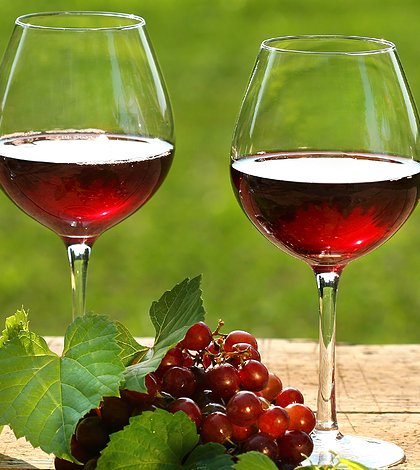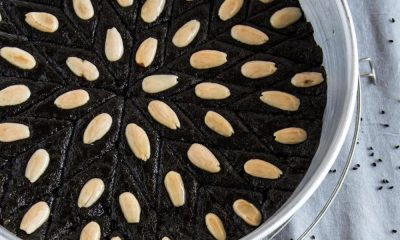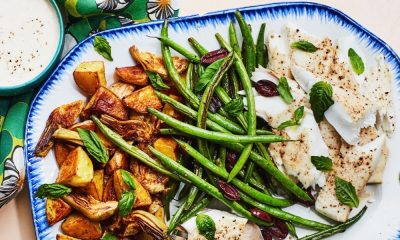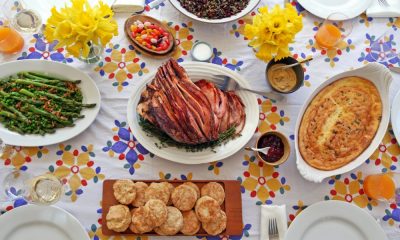Wine is often referred to as an acquired taste. Not everyone can appreciate the taste, aroma, and intricacies of wine at first, which makes learning about it and discovering new varietals an interesting journey for beginners and avid wine drinkers. Learning about wine is like getting to know a new person you meet. You start by appreciating its packaging and background. Later on, you have to determine the important part, which is discovering depth, taste, and value. It’s common to taste wines that you don’t exactly like, but with more tries and varietals to enjoy, you’ll be able to polish your palate and find a certain preference.
If you’re interested in learning more about wine, here are some basic facts you should keep in mind.
Different Varieties, More Choices
Wines come in various forms and kinds. You can categorize them based on red, white, and sparkling. Others with refined tastes categorize them based on vintage or new varietal, Old or New World. They could also be based on age, wine region, winemaker, and blends. For beginners, it might be a bit tricky on what brand or type to choose, what with all the varieties available these days. You can easily find a Merlot or Sauvignon Blanc, but there might be varieties of this kind of wine from different wine regions, winemaker, and age. A Merlot from California might be different from a Merlot from South Australia and the same goes for other popular varietals like Sav Blanc, Cabernet Sauvignon, and Pinot Noir.
What you need to know is that climate, soil composition, and winemaking process can affect the characteristics of a wine. A Cabernet Sauvignon produced in the cooler regions might taste differently from slightly warmer vineyards. To make things easier for you, first try a wine from a certain region like South Australia. You can first explore the newer wines instead of vintages. Plus, the newer wines might be less expensive than aged wines. If you prefer lighter and crisp wines, go for white wines. For full-bodied and something with more depth and texture, red wines will be most suitable. For something fancy, festive, and easier on the palate, go for Champagne or sparkling wines.
Wine and Food Pairing
Many people enjoy a good glass of wine to complement a good dinner. To achieve a good match with food and wine that don’t overpower one another, understand the basic of wine and food pairing. Red wine matches red meat and sauces, particularly steak, beef and pork, while white wine would suit the vegetable, poultry and light seafood dishes. Something in white or cream sauce would also be good with white wine.
Proper Wine Storage
Some wines are great when they have aged a bit. However, wine can lose its taste, flavor, and value if stored inappropriately. Make sure you keep them in room temperature, somewhere dark and away from heat and sunlight. Cellars and basements are good places to store wine to retain its good condition. You can use wine racks and cupboards to keep wine in the best environment.
Stephen John
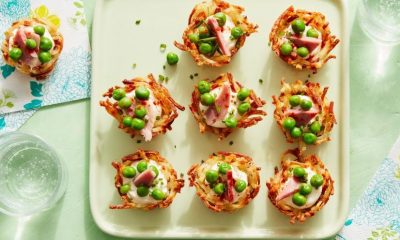
 Recipes52 years ago
Recipes52 years ago
 Entertainment52 years ago
Entertainment52 years ago
 Entertainment52 years ago
Entertainment52 years ago
 Entertainment52 years ago
Entertainment52 years ago
 Entertainment52 years ago
Entertainment52 years ago
